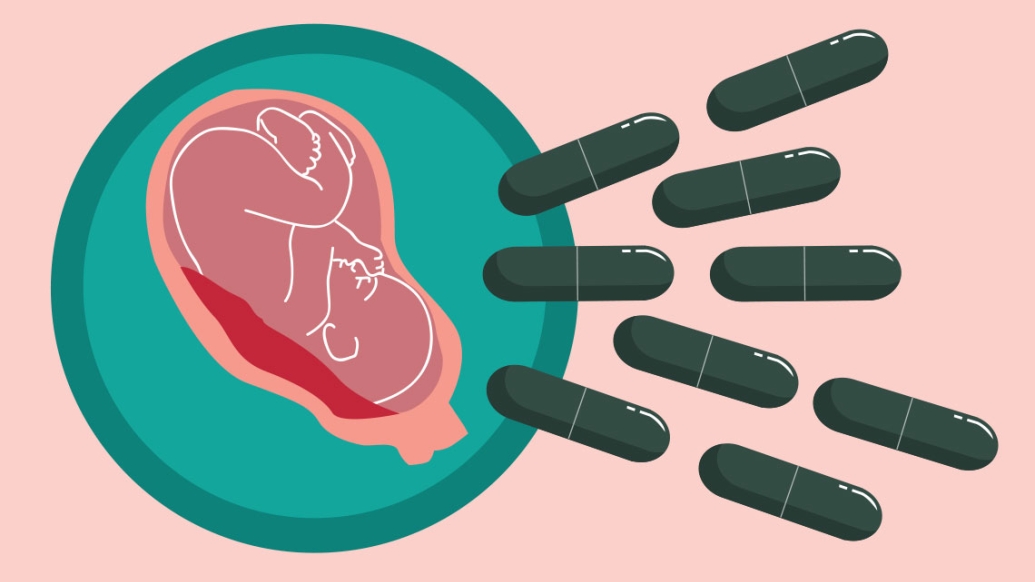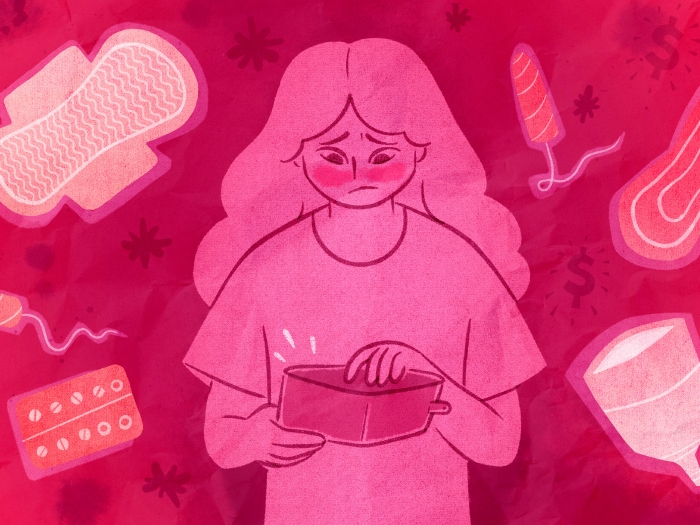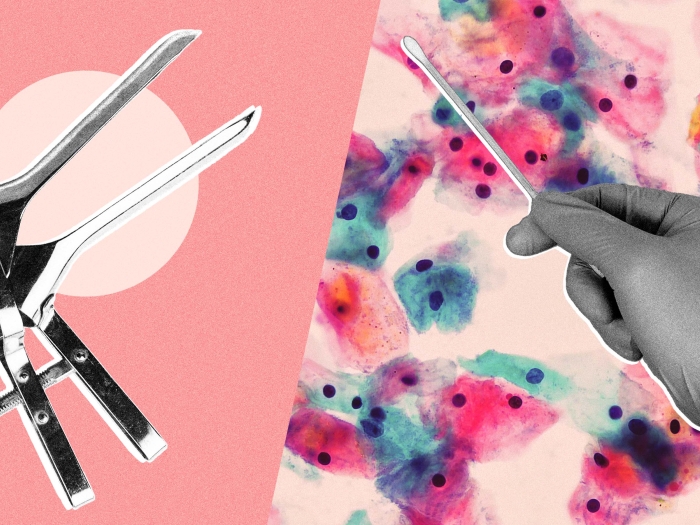
Methamphetamine and opioid use in pregnancy has increased substantially in the United States, leading to a public health crisis that affects delivery and birth outcomes, according to a study led by Michigan Medicine. For each condition, a disproportionate rise occurred in rural compared with urban counties in three out of four census regions, says lead author Lindsay Admon (M.D. 2012, Residency 2016), assistant professor of obstetrics and gynecology, and a graduate of the National Clinician Scholars Program at U-M's Institute for Healthcare Policy and Innovation.
Among pregnant women in all parts of the country, methamphetamine-affected births doubled — from 1.2 per 1,000 hospitalizations in 2008–2009 to 2.4 in 2014–2015. The rate of opioid use quadrupled from 1.5 per 1,000 delivery hospitalizations in 2004–2005 to 6.5 in 2014–2015, according to the findings published in the American Journal of Public Health. The study sample included about 47 million deliveries in U.S. hospitals between 2004 and 2015.
The prevalence of each condition varied geographically. By 2014–2015, methamphetamine use was identified among approximately 1 percent of all deliveries in the rural Western U.S., which was higher than the incidence of opioid use in most regions. Opioid use affected 3 percent of all births in the rural Northeastern U.S. For pregnant women with methamphetamine use, the risk of severe maternal morbidity and mortality was 1.6 times the rate identified among moms with opioid use. The incidence of nearly all other health outcomes examined was also higher among deliveries to moms with methamphetamine use compared to opioid use.





